The world under our feet is so intense, so vast, so filled with opportunity. But, let us be honest, we never really think about it too much. And, we should! I mean, we don’t know what is out there because it is so huge, so filled with mystery, so profound we haven’t seen all of its wonders.
Taking this in mind, we decided to explore a bit about the world under our feet. And, one of the many ways to do it is by visiting the Palma Aquarium. So, that is exactly what we did.

The aquarium
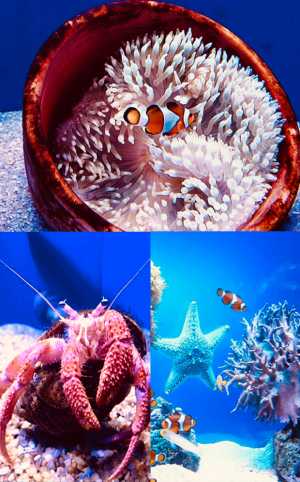
Palma Aquarium was opened in 2007 in Mallorca, Spain. It is owned by the Coral World International company. This company is specialized in the creation of marine parks and it was born out of passion for the sea and its wonders.
There are six parks in the world and one of them is Palma Aquarium in Spain. The aquarium is located 500 meters from the beach of Palma de Mallorca and its facilities are impressive since they have 55 aquariums in which about 8,000 specimens of 700 species of the Mediterranean Sea and the Indian, Atlantic and Pacific oceans live.
It is divided into Mediterranean Sea, Tropical Seas, Mediterranean gardens, Jungle, Medusario and the Big Blue.
Around four hundred thousand visitors a year. 50% of visitors are local and national.
The idea is that when going to the aquarium people can take a trip through the seabed around the world.
When people visit the Mediterranean Sea they will find 24 tanks with species typical of the Balearic Sea.
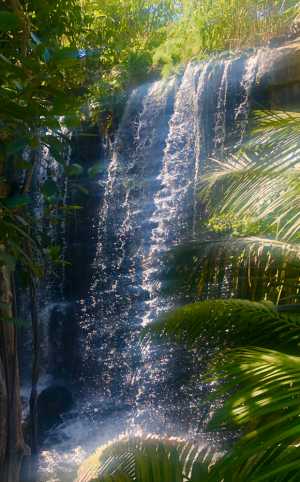
They will find: Asteroid (starfish), Palinurus elephas (lobster), Scyllarides latus (cigarette), Trachinus draco (scorpion fish), Symphodus tinca (thrush), Epinephelus marginatus (grouper), Caridea (shrimp), Muraenidae (brunette) and Rajiformes (ray).
They will also encounter Hippocampus (seahorse), Octopoda (octopus), Conger conger (conger), Actiniaria (anemone), Pennatulacea (sea pen ), Corallium rubrum (red coral), Gorgonacea (gorgonia), Caulerpa (caulerpa), Ascidiacea (red ascidia). One of the aquariums, called «Toca-Toca», allows the visitor to touch some of the specimens.
In the area destined for the tropical seas there are 25 aquariums with species from the Indian, Atlantic and Pacific oceans.
Visitors could see: Pseudanthias squamipinnis (anthias tropical), Labridae (cleansing labride), Amphiprioninae (clownfish), Pterois antennata (lionfish), Acanthurus leucosternon (surgeon fish), Ensis (razor), Syngnathinae (pipefish), Synchirus splendidus (mandarin fish), Rhinobatidae (angel fish), Ostraciidae (chest fish), Goby (goby), black widow, blacktip sharks, live corals (Gorgonacea, Fungia scutaria, Agaricia undata, Porites colonensis), anemones (carpet, Caribbean, bulb tentacle) and tropical sponges. They also have a coral reproduction program.
To my liking, one of the most striking spaces is that of the Mediterranean gardens.

In it, Mediterranean vegetation gardens are combined with tanks of Eretmochelys imbricata (sea turtle), Cyprinus carpio (Japanese carp), gold and rays, and it is intended for children’s leisure activities.
Then we have the Jungle. It is basically a recreation of a tropical garden. It is the largest roof garden in Spain and the second largest in Europe.
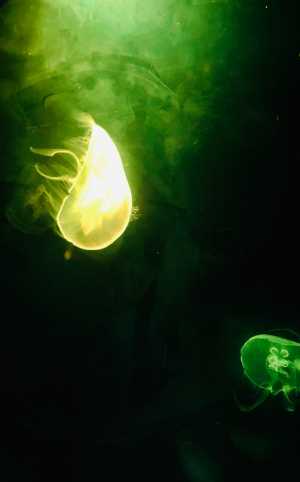
The humidity generated by a large waterfall, with the help of vaporizers, simulates an Amazonian microclimate.
Two of the spaces that struck me the most were the medusario and the great blue. It was simply magnificent. The animals, how they present them, the manner in which you can interact with them, it is one of a kind.
The medusario is a cylindrical aquarium in which about 50 jellyfish are exhibited, almost all of them belonging to the Aurelia aurita species.
Some interesting facts that I learned are that jellyfish and sea jellies are the informal common names given to the medusa-phase of certain gelatinous members of the subphylum Medusozoa, a major part of the phylum Cnidaria.
They are mainly free-swimming marine animals with umbrella-shaped bells and trailing tentacles. Further more, they can pulsate to provide propulsion and highly efficient locomotion.

As beautiful and enchanting as they look and are, their tentacles are armed with stinging cells and may be used to capture prey and defend against predators.
The species that they have here is the Aurelia aurita. It is translucent, usually about 25–40 cm (10–16 in) in diameter, and can be recognized by its four horseshoe-shaped gonads, easily seen through the top of the bell.
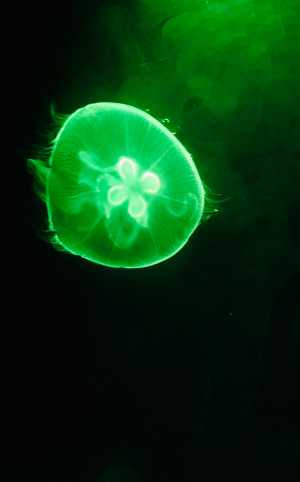
It feeds by collecting medusae, plankton, and mollusks with its tentacles, and bringing them into its body for digestion. It is capable of only limited motion, and drifts with the current, even when swimming.
Let me say that the medusario was amazing! I never thought living creatures could change colors like that. It was like a neon party extravaganza.
On the other hand, the Big Blue is the deepest shark aquarium in Europe, 2 4 with 8.5 meters, 33 meters long and 25 meters wide. It houses 3.5 million liters of salt water. All of those numbers are imprecise, but what really captivates you is its inhabitants.
As a matter of fact, eight Sand Tiger and Brazilian sharks, and more than 1000 fish live there. You have the possibility of going to the viewing area of the central aquarium through a transparent tunnel through which he sees sharks and rays swimming over his head.
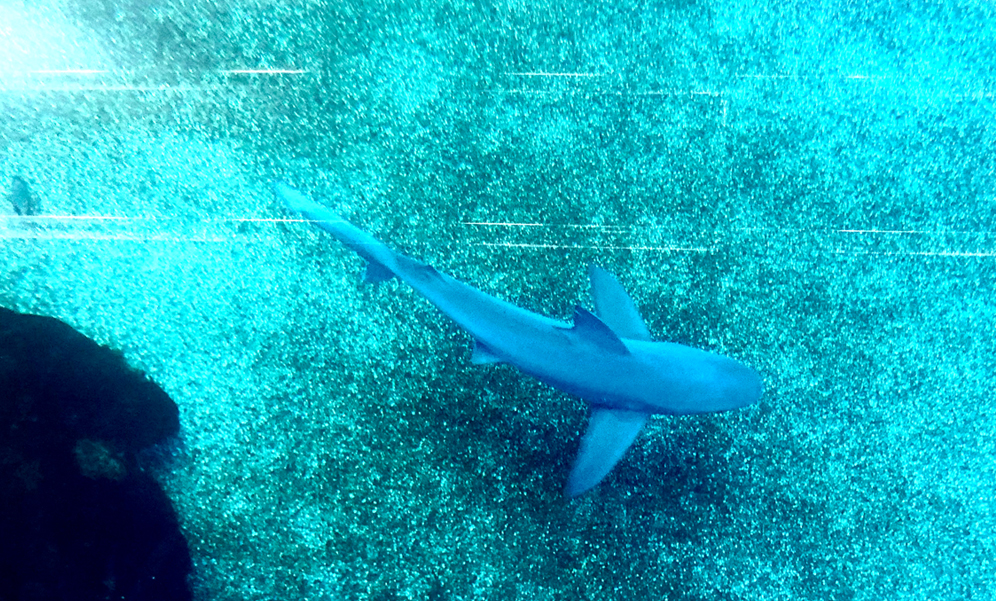
The sand tiger shark (Carcharias taurus) is a species of shark that inhabits subtropical and temperate waters worldwide. It inhabits the continental shelf, from sandy shorelines and submerged reefs to a depth of around 191 m (627 ft).
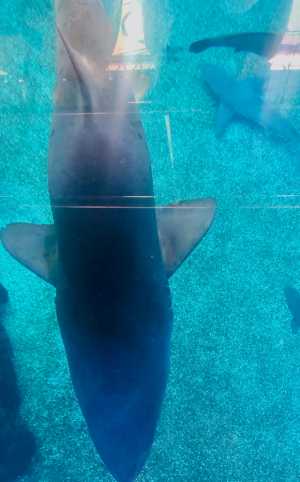
They dwell in the waters of Japan, Australia, South Africa, the Mediterranean and the east coasts of North and South America.
Despite its fearsome appearance and strong swimming ability, it is a relatively placid and slow-moving shark with no confirmed human fatalities. This species has a sharp, pointy head, and a bulky body. The sand tiger’s length can reach 3.2 m (10.5 ft).
Palma Aquarium also allows shark diving immersion in the striped garden of the Mediterranean Gardens and camps for children in front of the shark aquarium.
Some of the species are: Rhinobatidae (guitar stripe), Carcharias taurus (sand tiger shark), Carcharhinus plumbeus (piece shark), Dicentrarchus labrax (sea bass), Sparus aurata (golden), Seriola dumerilii (serviola), Mugil (smooth) , Myliobatidae (eagle ray), Dasyatis parsnip (parsnip), Pagellus bogaraveo (sea bream), Dentex dentex (denton), Diplodus vulgaris (mojarra), Coris julis (maiden), Centracanthidae (chucla), Chromis chromis (castanet).
The activities
The aquarium offers several activities. Their idea is that people should be as close to the animals as possible in order to spoke their interest in keeping them safe.
Any way, I have never imagined to swim with sharks. To have them son close by I could almost touch them. In all honesty, that would be a nightmare.
But, at Palma Aquarium they have designed a boat with a see through floor which allows you to enjoy a ride across the 33×25 meters of the Big Blue whilst admiring the 11 sharks that live there.
If you want to see an actual whale this is as close you will get. It is possible to see humpbacks.
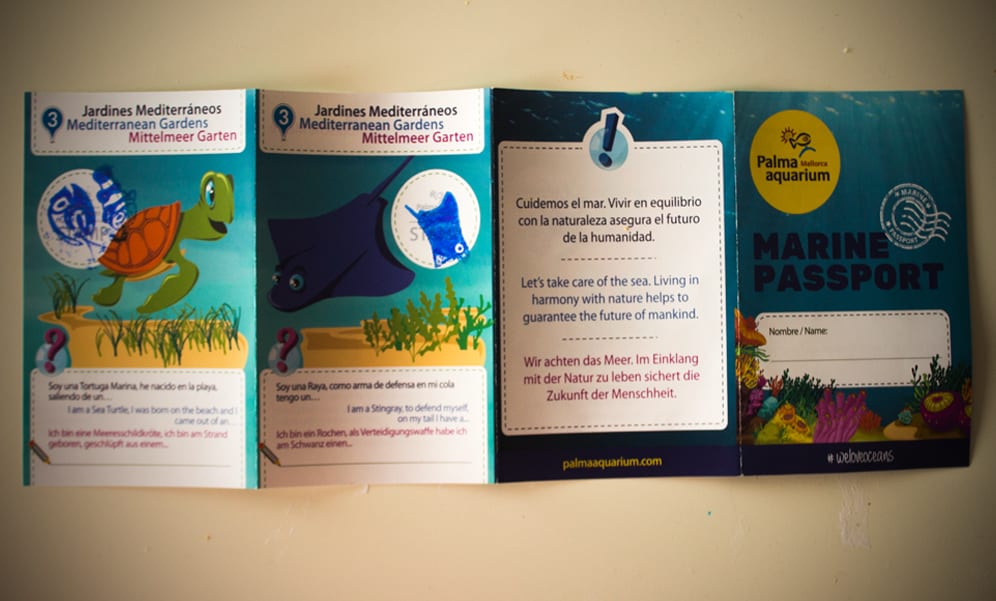
How is this possible? Simple: they have the only 3D immersive experience in Europe that takes you to the depths of the ocean.
A few important facts are that they are as big a school bus and weighting 40 tons.
You will be surrounded by their enchanting songs, as they communicate with each other.
Despite their colossal dimensions from head to tail, they are gentle and affectionate mammals, swimming gracefully for long distances.
Discovering sharks
At Palma Aquarium they really try to get to understand sharks, to always respect them but never fear them. The idea is that the visitors can understand their behaviour and peculiarities, their features and unique characteristics – all of which make sharks such special animals.
That is why the offer so many activities with them.

“Dive with the Sharks”. An activity for adults and children.
This is a place that is very aware of the fascination caused by sharks.
Sharks are elegant, fierce and enchanting. They posses an innate mysterious attitude which makes all marine lovers feel attracted to them.
The deepest shark tank in Europe, the Big Blue, contains 3.5 million litres of salt water.
Through the Dive with sharks activity you will get to dive with 11 sharks – six 2.5 meter long sand tiger sharks and 4 sandbar sharks.
Feel the adrenaline coursing through your body and enjoy being in the company of one of the most awe-inspiring of all marine creatures.
Children as young as 3 years old can snorkel in the shallowest part of the ray tank and enjoy a swim with these fascinating creatures.
This activity will help them gain confidence in the water and inspire them to respect the environment and the animals.
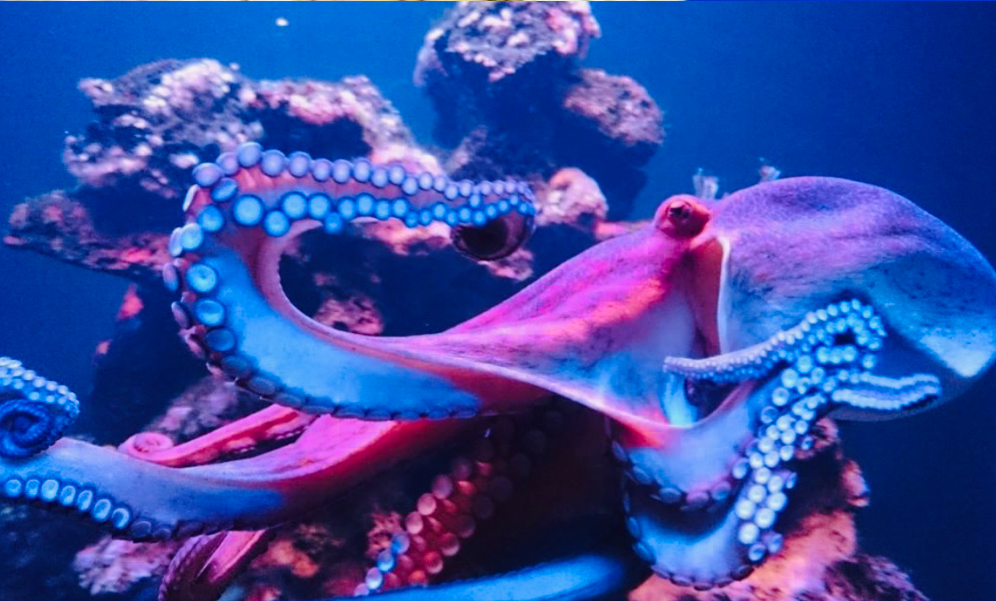
These activities will be available over the summer months as they take place outside.
Children between the ages of 6 and 16 can spend the night camping out in front of the Big Blue, the shark tank. This is the “Shark Sleepover”.
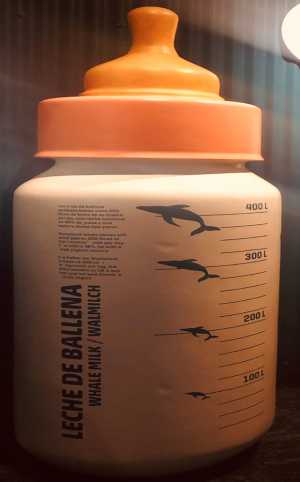
And what better way to really get to know them than by sleeping alongside them? This is meant to be a unique night full of adventure, surprises, games and activities created specially for you to enjoy with your friends.
The ‘Shark Sleepover’ activity starts at 19:30h and ends at 11:00 on the following day. It includes dinner and breakfast.
All participants need to bring pyjamas, toothbrush and a sleeping bag.
Another very fun activity is the Birthday celebration. This is a perfect example of a different and fun filled celebration.
It is a marine party full of excitement and surprises. At this party, the sharks take center stage and the kids will experience their magnitude and elegance first hand.
The Summer Camp
In terms of activities. I think that the summer camp that the aquarium offers is incredible. I mean, how else are we supposed to make children fall in love with the ocean If they don’t really experience it?
At Palma Aquarium we know that even the beautiful Mallorca summers full of sun, sea and sand can be long.
So at Palma Aquarium they offer a solution that provides a fun and educational way to keep the little ones entertained. At Palma Aquarium’s bilingual summer camp (English nd Spanish) your children will discover the beautiful marine world through play and educational activities.
The camp includes animal activities, games on the beach, dancing just a few of the exciting things your children will get up to at this summer camp in Mallorca.

The basic idea is to inspire the little ones. To help them understand the world under our feet, while interacting with animals of different species. All this adapted to different ages.
The Palma Aquarium Summer Camp is available June through September, Monday through Friday.
Day Care Morning Schedule from 8:00 a.m. to 9:00 p.m.
Summer Camp Schedule from 9:00 a.m. to 3:00 p.m.
Day Care Afternoon Schedule from 15:00 a.m. to 5:00 p.m.
Activities scheduled weekly that will be developed in different areas according to the topic. During the activities with animals they will prepare and feed the animals. There are laso games and educational activities. The sport activities include beach games, dance lessons, paddle surf, volleyball.And excursions every Friday!
Concluding
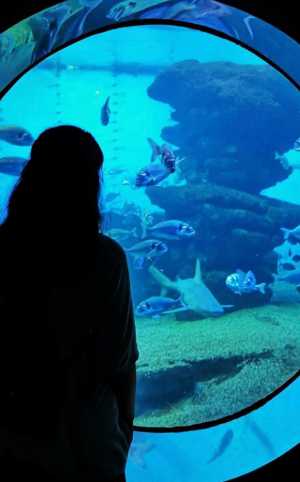
The park also runs a conservation campaign for the Mediterranean Blue Fin Tuna, a species which is in danger of extinction due to overfishing. The park also includes an exhibition on this theme.
The aquarium takes part in a conservation project for Limonium barceloi, a species which is autochthonous to the southern Balearics.
Palma Aquarium sometimes takes part in rescue and rehabilitation projects for marine animals.
The research objectives are set out by collaboration agreements with universities and research centres in order to carry out recovery programmes with populations in regression or in danger of extinction.
In addition, the aquarium organises environmental conferences and participates in protection and awareness campaigns. They want to help everyone discover and fall in love with the world under our feet.


